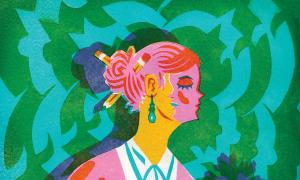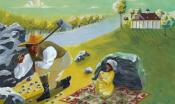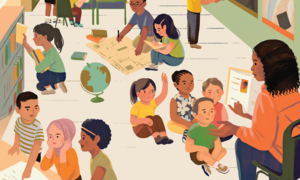lesson
Violence Prevention
Civil rights leader Malcolm X now appears in many history books and has been the hero of a feature film, but very few sources actually delve into the forms of leadership and resistance to oppression that Malcolm X advocated in the last year of his life.
July 6, 2009



